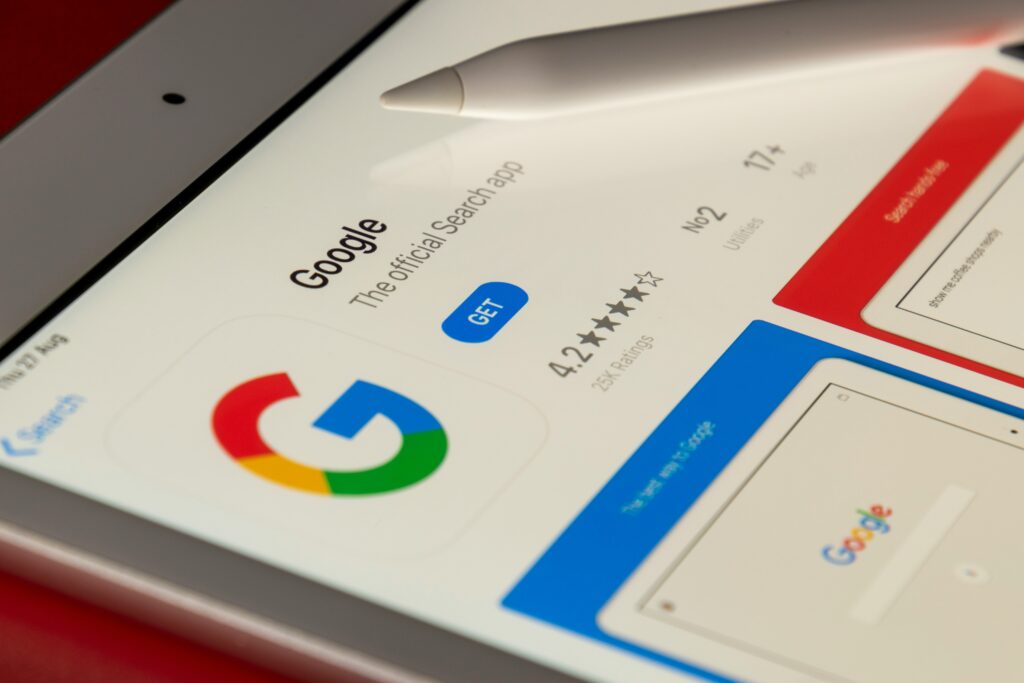What Content Marketing Really Means Today
Forget the old blog-and-bounce routine. In 2024, content marketing goes far beyond written posts. Smart brands are using videos to break down complex ideas, interactive charts to hold attention, case studies to build trust, and bite-sized micro-content to prime users across every touchpoint. Content now shows up as a system—not a one-off tactic.
The real shift? Ads are becoming background noise. People want value before a pitch. That means brands have to educate, entertain, or solve problems up front. Traditional, hard-sell advertising has lost its punch. Audiences are too informed—and too distracted—for blunt-force impressions. Content that provides utility or context wins.
Modern consumers know when they’re being sold to. What catches their attention now is relevance, not pressure. When marketing feels helpful, not pushy, it gets shared, remembered, and acted on. That’s the currency of today’s digital media landscape.
Core Benefits in the Digital Space
Content marketing isn’t a billboard or a pop-up ad. It’s the steady drip of value that builds real connection over time. Before a customer even considers buying, your content can already be doing the heavy lifting—answering questions, solving small problems, and showing your brand is worth listening to. That trust, built early, turns browsers into buyers.
Consistency is the next power move. Whether it’s a weekly newsletter, a daily video, or a monthly deep-dive blog, showing up with purpose reinforces your brand’s identity. People know what to expect—and that alone can set you apart in feed after feed of marketing noise.
There’s also a technical edge. Good content feeds the SEO machine. Over time, it helps you show up in the right searches, reach new audiences, and stay relevant long after the publish date. Add in smart distribution across social platforms, and your best ideas start doing double duty: pulling traffic while sparking likes, shares, and conversations.
Bottom line: useful, consistent content is the backbone of digital marketing that actually works. Everything else leans on that.
Content Types That Are Winning Right Now
The modern content mix isn’t just about pushing out blog posts and calling it a day. The formats leading the pack in 2024 are tight, fast, and built for how people actually consume.
First up: short-form video. Think Reels, TikToks, and YouTube Shorts. This stuff grabs attention in under 10 seconds—and if you’re not offering value or telling a story within that window, you’ve already lost. It’s not just dance trends anymore, either. Creators are teaching, entertaining, and persuading all in a vertical frame.
Then there’s interactive content. Quizzes, polls, calculators—the stuff people actually engage with, not just skim past. It’s direct, personal, and keeps users locked in longer. Want to boost dwell time or get real insights from your audience? This is your lane.
Long-form isn’t dead, it’s just more selective. Educational blogs, detailed whitepapers, and opinion-first articles still win—especially with B2B and high-consideration niches. If someone’s Googling a real problem, they’re craving depth. Give them substance, not fluff.
Finally, audio’s having a moment of its own. Podcasts continue strong, but micro-audio is creeping in—short takeaways, under-5-minute insights, quick hits people can consume on the go. It’s digestible, it’s high signal, and it fits the modern multitasking lifestyle.
The best brands don’t pick one format—they choose the formats their audience wants. Then they go deep, not wide.
Strategy Over Spray-and-Pray
If you’re still casting a wide net and hoping it catches someone—anyone—you’re already behind. Effective content marketing in 2024 means getting razor-clear on who you’re talking to. Not age ranges or vague demographics, but real personas: the tech-savvy CFO who listens to podcasts on her commute, the small business owner hunting for DIY tools, the eco-conscious parent scanning Instagram during lunch breaks. Know them, speak to them, and ignore the rest.
Equally critical: a tight content mission. What do you stand for? What do you solve? Without a clear mission, content becomes fluff. With one, it cuts through noise and actually matters.
And tone-deaf guesswork isn’t a plan. The best content isn’t just creative—it’s informed by data. That means tracking what’s working, testing what’s not, and planning content around real metrics, not blind optimism. Look to tools like Semrush for SEO data, BuzzSumo for content performance insights, and HubSpot for journey mapping. Even something as lean as Google Trends can steer your next topic if you know what you’re looking for.
Bottom line: treat your content like a product. Design it, refine it, and build it for the user it’s meant to serve. The right audience is out there—but only if you stop shouting and start targeting.
Distribution: Where It Actually Matters
Not all media channels are created equal. Smart content marketing knows how to work the triangle: owned, earned, and paid.
Owned media is your turf—website, blog, email list. It’s dependable, customizable, and totally under your control. Earned media is where others pick up your message and run with it—think shares, mentions, backlinks. You can’t buy it, and that’s what makes it valuable. Then there’s paid: ads and sponsorships designed to amplify reach. Each has its place, but the magic happens when all three are aligned.
Then there’s the myth of always needing something new. Forget that. Repurposing beats reinventing nine times out of ten. A solid case study turns into multiple tweets, a short explainer video, a podcast segment, and a sales deck hook. Creators who learn to repackage their content for different formats and platforms end up with more impact for less effort.
Of course, you can’t ignore the algorithm—it won’t ignore you. Whether it’s Instagram, TikTok, or LinkedIn, every major platform has its own rules. Optimizing doesn’t mean selling out. It means leaning into what works while keeping your tone recognizable. Spend time testing post formats, headlines, thumbnail styles. But don’t lose the plot trying to game the system.
For a deeper dive into optimizing social channels without losing your voice, check out Leveraging Social Media to Boost Media Engagement.
Common Pitfalls and How to Avoid Them
Plenty of brands are pushing content like it’s a numbers game. More posts, more videos, more campaigns. But volume without strategy gets you nowhere. If quality takes a hit, your audience notices—and bails. One meaningful piece that connects is more valuable than ten forgettable ones. Always ask: does this help, inform, or entertain?
Then there’s the content itself. Too many teams still create as if people are consuming on desktops with time to kill. Wake up—most users are on mobile, scrolling fast. If your message isn’t clear in the first few seconds, you’ve already lost them. Simplicity and speed matter.
Another silent killer? Siloed teams. When your content team doesn’t talk to sales, PR, or product, you miss sync and synergy. A campaign can look good on paper but flop in execution if the messaging doesn’t match what’s really happening across the brand.
And last—metrics that don’t mean anything. Chasing likes, impressions, or follower count can feel rewarding, but they don’t always tie back to results. Focus on the data that actually translates to movement: click-throughs, signups, retention, revenue. Cut the fluff, follow the outcome.
The Bottom Line
In today’s digital media landscape, content isn’t a nice-to-have—it’s the only way to get noticed. Ads get skipped, inboxes are full, and attention spans aren’t getting longer. If you’re not putting out content, your brand might as well not exist.
That doesn’t mean cranking out fluff. Solid content is strategic. It’s built with purpose and it’s built to last. Whether it’s a podcast, a punchy blog post, or a five-second Short that makes someone stop scrolling, the goal is the same: earn attention, build trust, stay top of mind.
And the brands that win? They don’t just post—they tell stories. Good ones. The kind that make people care, come back, and eventually buy. That’s the edge. Not volume. Not gimmicks. Just clear, consistent, story-driven content that delivers real value. Play that game, and you stay in the conversation.




